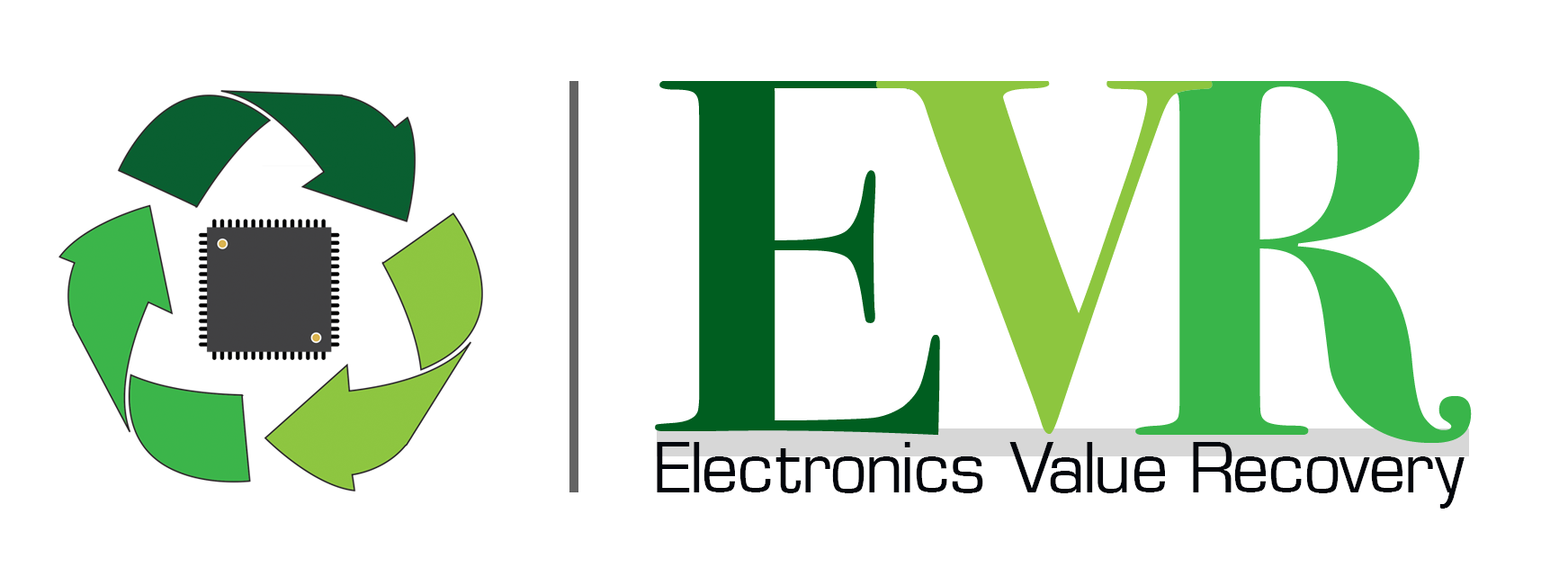
America Recycles Day promotes recycling in the US and is celebrated each year on November 15th. ARD reminds us of the need to recycle and the positive impact recycling has on the environment, energy savings and the economy. Recycling has been an integral component of a sound waste management system for over 30 years. Ninety-four percent of the country has access to curbside pickup or drop-off. It is frustrating that our recycling rate has remained stagnant at 34% since 2017.
America Recycles Day and the Growing Amount of E-Waste
When most of us think of recycling, we think of putting bottles, cans and papers out at the curb. But what about the old cell phones, cables and chargers that are stashed away in the basement or in drawers? According to a 2009 abstract in The Journal of Environmental Management, the average U.S. household has 4.1 small items (≤ 10 lbs.) containing electronics and 2.4 large e-waste items in storage. That was 14 years ago! Imagine what it is now.
E-waste is the fastest growing segment of the waste stream. The Global E-Waste Monitor states that e-waste is growing at three to four percent per year. Last month was International E-Waste Day. Like America Recycles Day, it is a day dedicated to promoting awareness of e-waste and how to dispose of it responsibly. Electronics are an integral part of our daily life. They have changed the way we work, spend our leisure time and how we relate to one another. They are indispensable but we also treat them as disposable. Manufacturers, software developers, even the fashion industry encourage us to “upgrade” to the newest model in order to keep us buying.
The Negative Environmental Impact of E-Waste
According to the EPA, while e-waste makes up only 2% of the waste stream, over 70% of the heavy metals in landfills today are from electronics. They are not bio-degradable and accumulate in the environment. Printed circuit boards contain mercury. Lead is used to solder components onto the boards. Plastic computer housings and shells contain anti-corrosive and flame retardant chemicals. These hazardous materials release toxins into the air when burned or incinerated.
In addition to causing air pollution they contaminate the soil as well. When particles are released from burning, improperly shredding or dismantling e-waste, they re-deposit to the ground. This negatively impacts food production when crops absorb the heavy metals. Wildlife, farm animals and humans then eat the contaminated crops. The hazardous materials eventually make their way into ponds, streams, rivers and lakes. Through these waterways, acidification and toxification are created in the water, which is unsafe for animals, plants, and again, humans.
As with other recyclable commodities, the greatest amount of negative environmental impact is in the production of the product. It is not during its use. For example, it requires 3.7 lbs. of fossil fuels and other chemicals and 70.5 lbs. of water to produce a single 2-gram microchip. Every device ever produced has a carbon footprint and is contributing to human-made global warming. Eighty-five percent of the greenhouse gases produced by smartphones come from the production cycle, in particular, what’s used to create the motherboard and various chips. You would never guess that 81% of a desktop’s energy footprint is making the computer, not using it.
America Recycles Day and YOU: A Personal Electronics Impact Calculator
In updating information for ARD, I stumbled across the website for a German electronics recycling firm. They have an interesting “Impact Calculator.” It asks questions about the electronics that you have and calculates the impact that your household has on the environment.
I am by no means an “early adopter.” I have only had two laptops and two computers in the 25 years I’ve lived in my home. But when you add two students and the typical household appliances in a home in US, it all adds up. Today’s appliances such as refrigerators, freezers, ovens, microwaves, dishwashers, washers and dryers all contain electrical or electronic components. I was shocked to discover my household is responsible for 39 pounds of e-waste annually. However, I was relieved to see that my E-waste score when compared to the European Union was 89% of the EU average. I even have a dryer which many European households do not have.
The Positive Impact of Recycling Electronics
The heavy metals and other elements present in electronics which cause so much damage when improperly disposed of can be recovered and re-used. Precious metals such as gold, silver and platinum can be recovered and used in new products. Rare earth elements (REE) such as cobalt, lithium and neodymium are plentiful but difficult to mine and process. Although you’ve probably never heard of the later, it is used in storage devices like CD/DVD and hard disk drives. It’s also used in automotive systems like audio speakers, power steering, power seats, and electric windows. REE’s are critical components of the computer chips, the graphics cards and the transistors used in virtually all electronic devices. They are also vital to produce many of the important green technologies – solar arrays, wind turbines and electric car batteries.
The precious metals and rare earth elements are extremely energy intensive to mine and create a tremendous amount of waste. By recovering them from damaged and obsolete devices, we reduce the green house gas emissions resulting from mining and extracting. Moreover, the value of the raw materials contained in the e-waste produced in the U.S. during 2019 was $7.49 billion. In addition, the Institute of Scrap Recycling Industries, notes that the recycling sector supplies 40 percent of the raw material needs for U.S. manufacturing. These specification grade commodities are valuable feedstock for industrial consumers in the United States and in 145 countries around the world. Finally, according to the Institute for Local Self-Reliance (ILSR), the systematic removal of every 10,000 tons of solid waste creates only six jobs while the same amount of waste if recycled can create recycling jobs for as many as 36 people.
America Recycles Day
This is chance to celebrate and to learn about how we can make a positive impact by recycling. Many counties and community organizations hold electronics collection events on ARD. Take the opportunity to get rid of all the old electronics you’ve accumulated over the years. Encourage your business to rid the supply closet of broken devices. Contact Electronics Value Recovery, Inc. if you have questions or need help.

